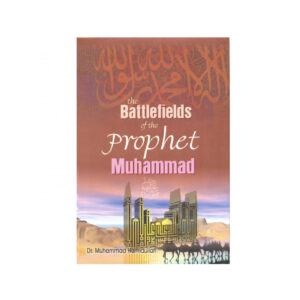Description
Author: Dr Shehzad Saleem
A number of illustrious scholars in the past have undertaken to write down this collection and transmission history of the Qur’ān. What then is the need to revisit and synthesize this history in the wake of these studies? In the humble opinion of this writer, the answer to this question is that most previous works on this topic have been marred by three flaws and hence occasioned this study.
The first flaw is that the collection history of the Qur’ān has generally been compiled only on the basis of historical reports found in Ḥadīth anthologies. Seldom was this collection history based on the account of the Qur’ān itself on its collection.
The second flaw is that tools of historical criticism have not always been fully employed to evaluate the content acquired from Ḥadīth anthologies on the collection of the Qur’ān. The result is that, at times, far-reaching conclusions have been drawn from data that is of questionable reliability.
The third flaw is that the readings of the Qur’ān transmitted by tentative (dhannī) means have been regarded acceptable along with its reading transmitted by certain (qaṭ‘ī) means against the verdict of the Qur’ān itself. In this way, both have been equated and the distinction between the two has become extremely blurred if not totally forgotten.
From here, springs the justification of the present study, which also forms its objective. It attempts to:
i. synthesize the collection and transmission history of the Qur’ān on the basis of the Qur’ān and established historical sources.
ii. critically evaluate the accounts of the Qur’ān’s collection and other related content mentioned in Ḥadīth anthologies using tools of historical criticism.




Reviews
There are no reviews yet.